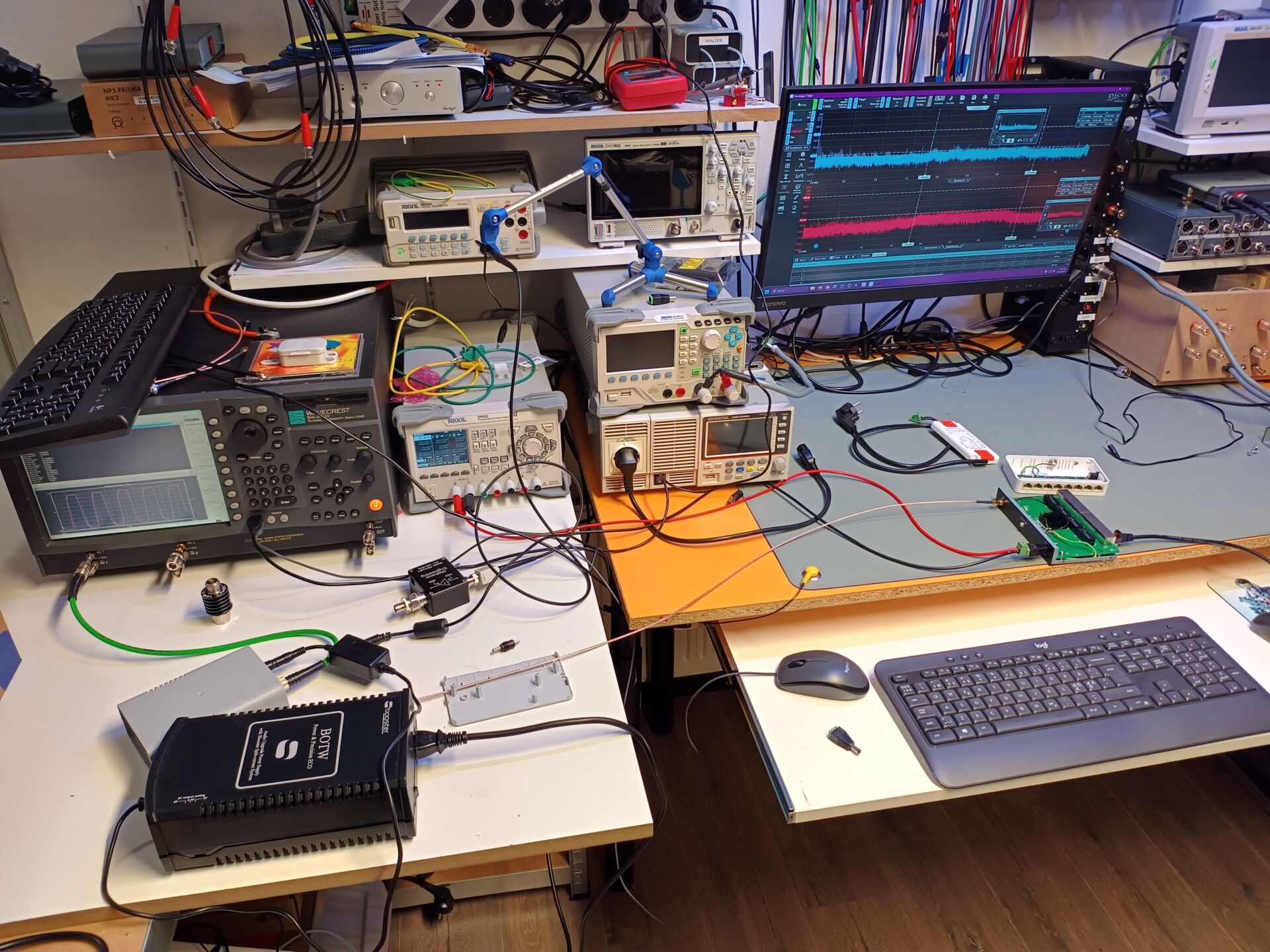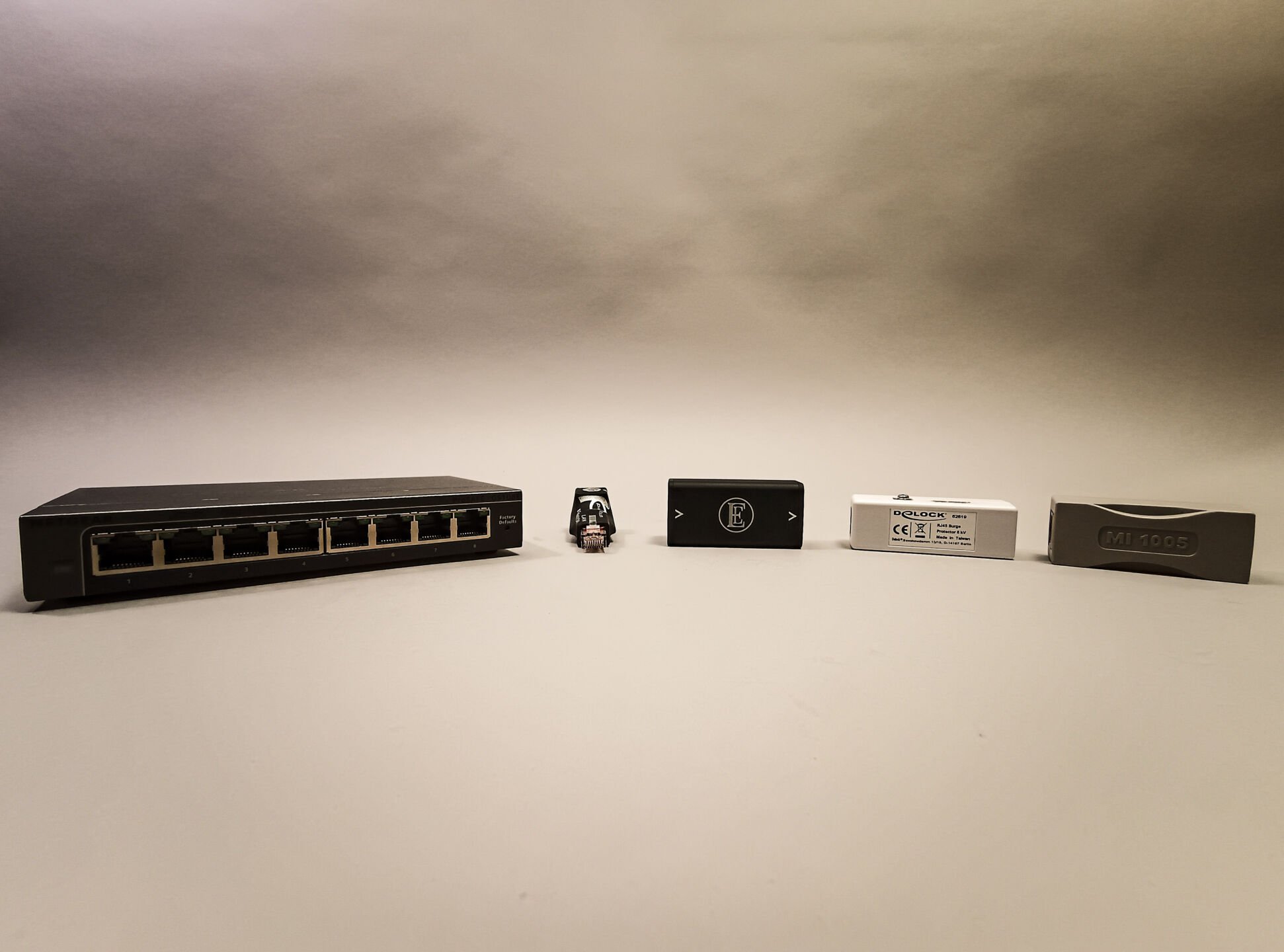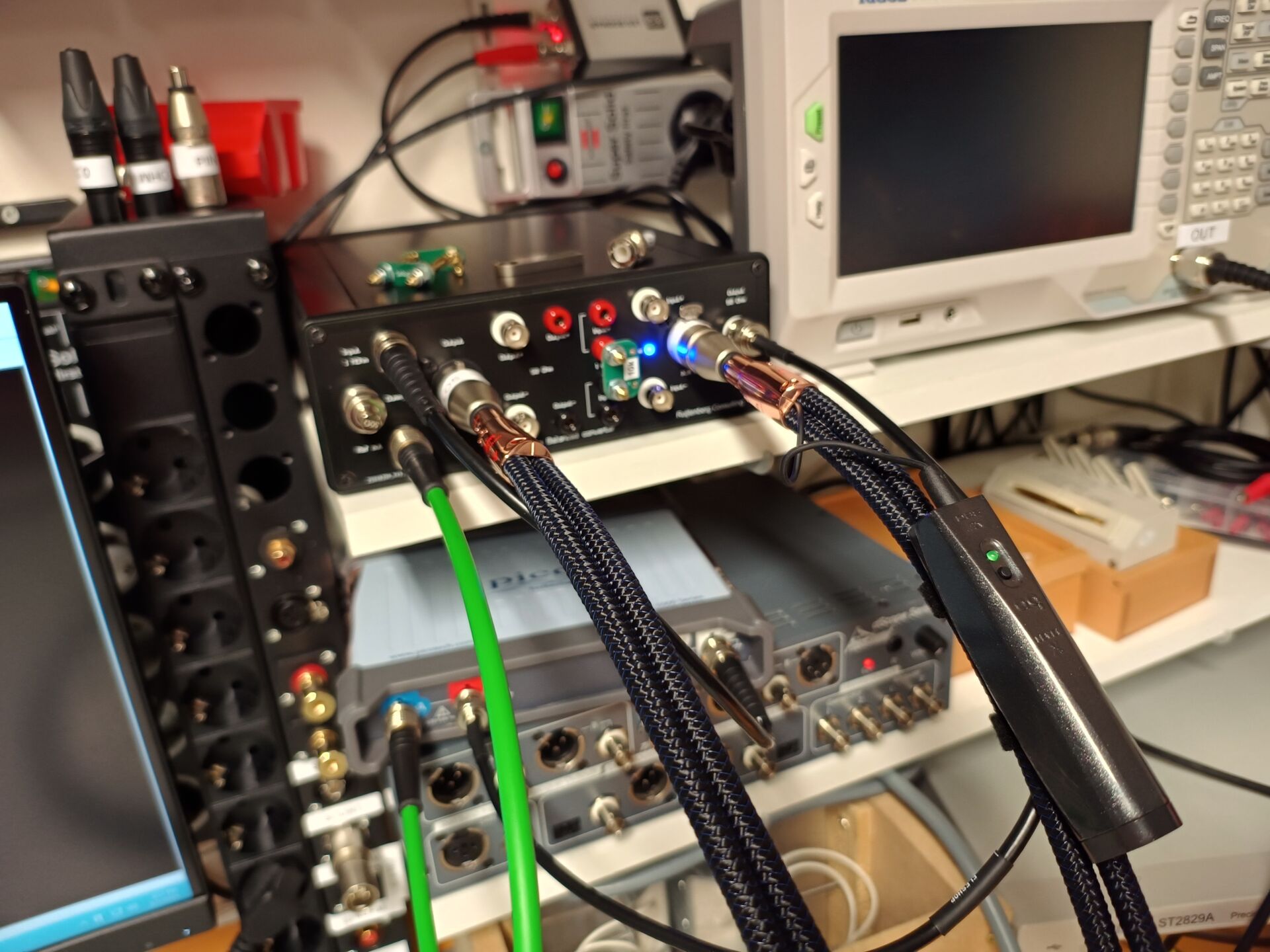

Audiophile switches are a new hype it seems. We now see models coming from various manufacturers. Some are even more luxurious and expensive than others. The question is of course: does it really do anything in terms of sound quality? And if so, how is that possible? Because also in the Switch world, we see various ways to approach the sound quality issues… if there are any. One manufacturer focuses on galvanic isolation, another on reclocking and yet another does both with even a clock-sync capability. We pick up the measuring equipment to determine what a luxury switch can do in an audio system.
Manufacturers of audiophile switches often claim an improvement in playback with better – galvanic – decoupling and often an improvement in playback via reclocking of network traffic. Now we can start thinking about all kinds of reasons why this is or isn’t possible. However: we can also just pick up three streamers and compare a standard switch to a high-quality model: the Bonn N8 Silent Angel. We connect each of the streamers to both the standard switch and the Silent Angel. Then we perform a spectral measurement. We measure up to 1.8 GHz, as we are dealing with high speed data transfers. A measurement purely in the audio area would be insufficient here.
In addition, we perform a measurement with an audio analyzer with a range up to 100 kHz. This analyzer works on the basis of FFT measurements. Both instruments are pre-calibrated and have a noise floor of up to -160 dB. Enough for these purposes.
To get an input signal, a pre-production sample of the Sonnet Morpheus dac was used. This dac has a noise floor of -155 dB in the middle area. Extremely low; much lower than many other converters. The dac is connected via XLR to the audio analyzer and via tulip and an impedance converter to the high frequency spectrum analyzer. An input signal of 882 Hz has been selected for the zero measurement. This is deliberate; it is a sub-frequency of 44.1 kHz, so a minimal amount of aliasing needs to be used. Interference from the network should therefore be clearly visible here.
The measurements
ROON has been chosen as streaming solution. A file was created with a signal of 882 Hz and one of 11.025 kHz for a jitter measurement. We connect the Dac to three streamers: the Baby Ambre, Ambre and a Bluesound Node 2. The Ambre works on a Rasberry Pi, the Baby Ambre on a Compute Module and the Bluesound based on a custom-board with an ARM-chip.

It’s weird, but we see one signal at 882 Hz, but then two bumps at all three streamers. That’s something ROON apparently does, because the input is clean. We’ve been using an upsampler and dsp that cut off after 22 kHz, but this stays. ROON apparently does some filtering or processing, depending on the sampling rate. We’re moving on to a high-frequency measurement. We’ll start with the Netgear switch.
We now see small differences between the streamers. The Bluesound is yellow. The Ambre is blue and the baby ambre is purple. We see a mini-hobble at the Bluesound. It’s at 1.44 MHz. The peak is at -125 dB.
If we look at jitter we see almost identical graphs. The ‘green’ graph is the measurement with the Netgear in which we put all three streamers on top of each other. The ‘purple’ graph was measured with the Silent Angel, where we put the Netgear underneath in yellow. We don’t see any difference here. Also not between the three streamers by the way.
Time for some more comparison between the Netgear and Silent Angel. We see subtle differences here, but very high in the speactrum. The two switches are a bit of a leap. If we take the first – left – graph we see in purple the Netgear and in yellow the Silent Angel. The Netgear spike at 36 mHz, the Silent Angel at 1.8 mHz. Although the values are still very low. The middle one shows a wider spectrum and the right one shows a zoomed in version: 30 – 300 MHz (there the colours have changed, yellow is Netgear, purple is Silent Angel!)
Conclusion
Our measurements show that there is little difference between a standard switch and an audiophile version. The clock does not generate less jitter ín the streamers. The spectral analysis also shows that there is not so much less ‘noise’ coming from the spdif outputs. Tricky. Know, however, that this is not a listening test… that’s coming. And only then can we really draw conclusions. To be continued!



















